Classic Japan: my first time in Japan
Japan is a land of fascinating contrasts, where millennia-old tradition coexists in perfect harmony with technological innovation and modernity.
The Land of the Rising Sun is a country that fascinates because of its ability to mix history, culture and breathtaking scenery, and the way its inhabitants have proudly preserved their cultural identity. I always recommend a trip to Japan to those who want an experience full of variety and surprises, where each day brings with it new discoveries.
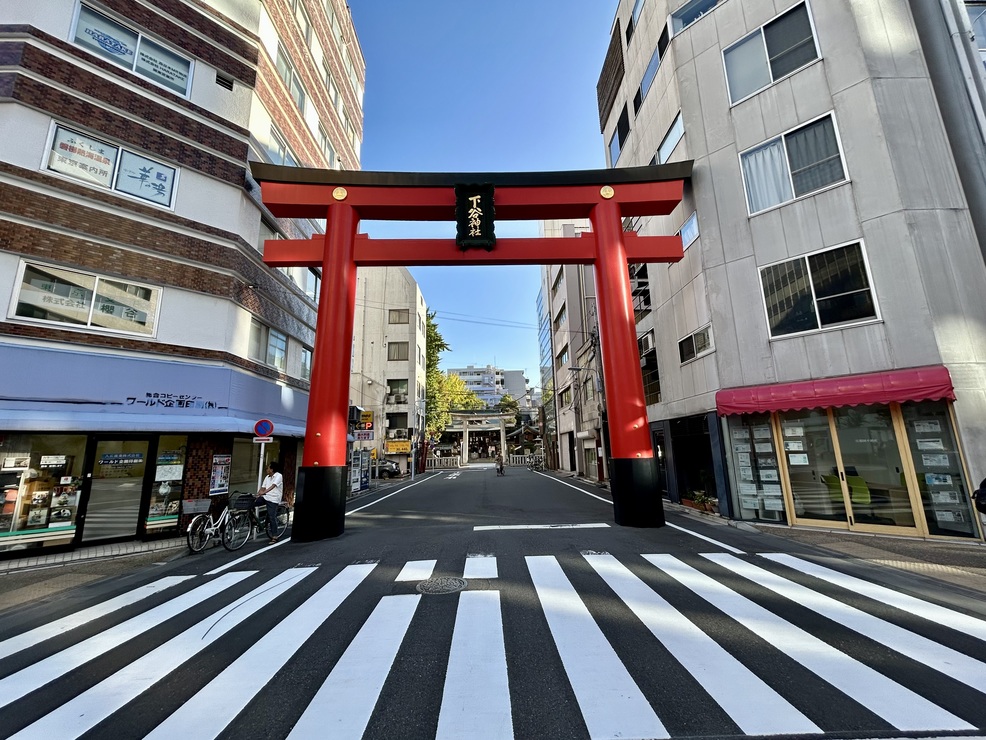
Index
Itinerary: Tokyo, Kyoto, Nara, Osaka and Hiroshima (+ bonus)
For first-time visitors, a perfect introduction to the beauty and complexity of Japan is an itinerary that includes some of its most iconic cities-Tokyo, Kyoto, Nara, Osaka, and, for those with time, even Hiroshima and the nearby holy island of Miyajima.
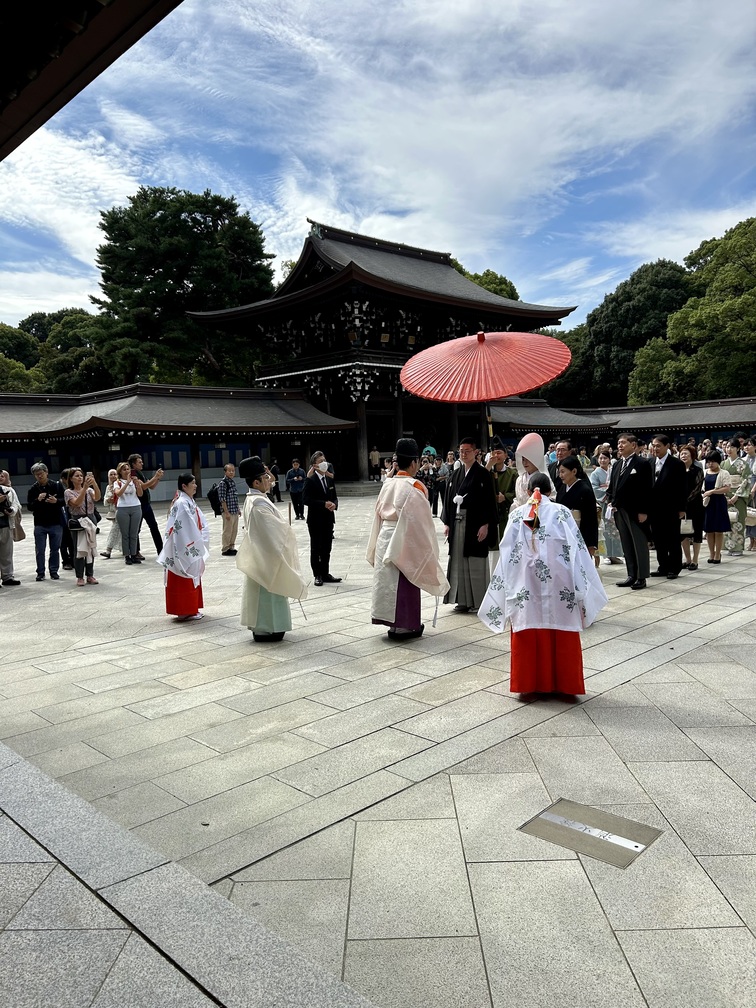
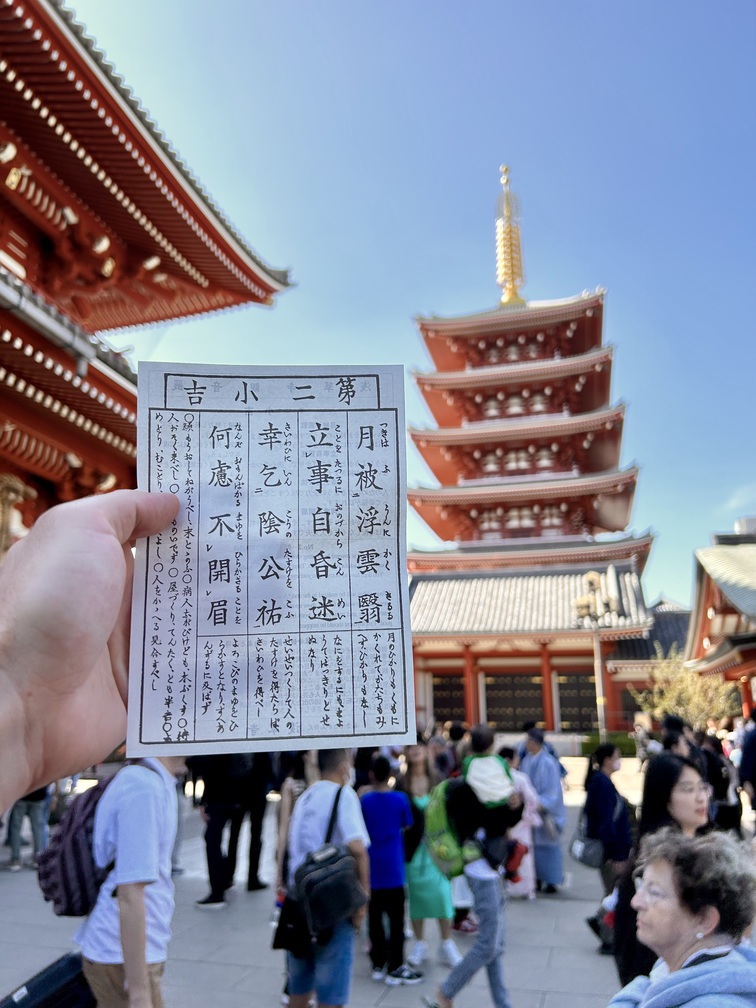

Your guide to your first trip to Japan
Download Classic Japan
The experience of my trip to Japan compiled in a guide to help you better plan your itinerary.
Discovering Tokyo, among the world's largest cities.
Tokyo is the capital city and the ideal starting point for immersing yourself in the overwhelming energy of Japan. In addition to the must-see neighborhoods you’ll find below (for other insights, I’ve also written about them here), the city offers a unique mix of experiences: from historic temples to futuristic skylines, from street food to starred restaurants. It is a city that represents the future but maintains close ties to its historical roots. After exploring Tokyo for (minimum) 4/5 days, I recommend heading south, the historical and cultural heart of the country.
Tokyo is a city of many faces, and each neighborhood tells a different story. Here is an overview of the ones I visited:
- Ginza: This district is the heart of luxury shopping in Tokyo. Walking through its elegant streets, I found exclusive boutiques and art galleries. Tip. Even if you’re not interested in shopping, don’t miss an evening stroll when neon lights illuminate modern buildings.
- Akihabara: Heaven for lovers of technology and otaku culture. Here I have shopped at popular electronics stores like Yodobashi Camera and Bic Camera, and explored the world of manga and anime at specialty stores like Mandarake. If you love gaming or are an electronics enthusiast, this neighborhood is not to be missed.
- Meguro: Known for its quieter, more residential atmosphere, Meguro offers a break from the hustle and bustle of the city. I discovered a more intimate side of Tokyo, with cozy cafes and riverside promenades, especially picturesque in spring with the cherry blossoms.
- Shinjuku: A true urban jungle. Shinjuku is chaotic, vibrant and full of nightlife. Don’t miss the panoramic view from the Tokyo Metropolitan Government Building or a stroll through the picturesque Shinjuku Gyoen National Garden.
- Shibuya: The beating heart of youth. Here I walked through the famous Shibuya Crossing and shopped at popular streetwear stores such as Supreme and A Bathing Ape (BAPE). Shibuya is also a haven for those who love alternative fashion and youth culture.
- Takeshita Street: Located in the Harajuku district, this street is the center of Japanese youth pop culture. With its quirky and colorful stores, Takeshita Street offers a window into the world of kawaii fashion. Here I found stores such as WEGO and 6%DOKIDOKI, perfect for those looking for something quirky or unique.
Tokyo Experience
Beyond simple urban exploration, there are some must-do experiences that made my stay in Tokyo unforgettable:
- Mount Fuji: Less than two hours from Tokyo, I hiked to Mount Fuji, one of Japan’s most beloved icons. Admiring its majesty from Kawaguchi Lake was a very special moment. I highly recommend visiting this area if you are looking for an escape from the hustle and bustle of the city.
- Ramen in typical eateries: Tokyo’s food scene is legendary. Eating ramen in small places like Ichiran Ramen or Afuri was an experience that brought me closer to the most authentic Japanese cuisine.
- Technology shopping: In addition to the electronics stores in Akihabara, I also went to Tokyu Hands in Shibuya and the Apple Store in Ginza, where I got a close look at the latest technological innovations. Here technology is not just something to buy, but an experience to experience.
Spiritual Tokyo: temples and places of worship
Despite Tokyo’s modern energy, there is a spiritual depth that can be felt in its temples and holy places. During my stay, I visited some of the most important ones:
- Senso-ji: The oldest temple in Tokyo, located in the Asakusa district. Entering through the Kaminarimon gateway, with its giant red lantern, gave me an immediate sense of peace. The temple is surrounded by small stores selling traditional souvenirs and Japanese snacks.
- Meiji Jingu: Located near bustling Harajuku, this Shinto shrine is nestled in a large forest. It is the perfect place to disconnect from the hustle and bustle of the city and reflect in a peaceful environment.
- Zojo-ji: This temple is located near Tokyo Tower and is an important center of the Jodo Buddhist sect. Its combination with Tokyo Tower in the background is a breathtaking contrast between ancient and modern.
Chiyoda Park: Here I visited the Imperial Palace, a symbol of Japan’s history. The park is perfect for an evening stroll or to enjoy nature in the heart of the city.
Edo Castle: The castle ruins and surrounding gardens offer a unique view of Japanese feudal history and a break from the modernity of the capital.
Tokyo with its contrasts fascinated me deeply. From the hustle and bustle of some neighborhoods, to the peaceful corners near temples and parks, I experienced each day as a continuous discovery.
This is just the beginning of a journey that leads much farther, to the other wonders of Japan.
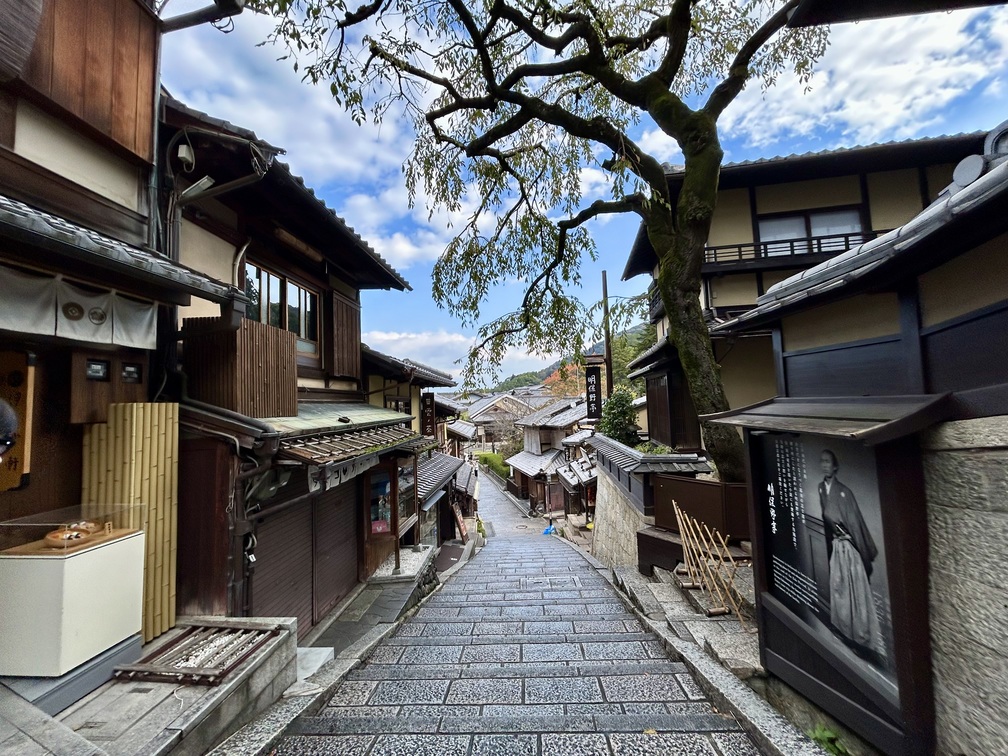
Kyoto, the ancient capital of the Empire.
After my days in Tokyo, my trip to Japan continued to Kyoto, a city that retains its ancient charm while being a bustling modern metropolis.
If Tokyo is the symbol of modernity, Kyoto is the guardian of tradition. Here you can admire some of the country’s most beautiful temples, stroll among Zen gardens that convey a timeless serenity. One of the highlights of my visit to Kyoto was the experience of walking through the red torii gates of the Fushimi Inari Taisha, a fascinating place of worship steeped in mysticism. Kyoto is also home to the tea ceremony and the geisha district, Gion, where traditional Japanese culture is still alive (but closed to foreign visitors at this time).
Where to stay in Kyoto and explore the surrounding area
Staying in Kyoto is strategic, not only for visiting the city itself, but also for exploring other cities that can be conveniently reached by fast and frequent trains. I recommend choosing an overnight stay around Kyoto Central Station (which is also near the city center).
During my stay in Kyoto, I took the train to make a trip to Nara, less than an hour away, to visit the sacred deer and magnificent temples. Another day I devoted to Osaka, which is about 30 minutes away, to savor its vibrant culinary scene and nightlife. Ditto for Hiroshima and the sacred island of Miyajima, which I reached in a day. The convenience of Kyoto as a base is unquestionable, allowing one to see more cities without changing accommodations frequently.
The temples of Kyoto
Kyoto is known for its temples and shrines that transport visitors into an atmosphere of calm and contemplation. During my stay, I was fortunate to visit some of the most important and spectacular temples.
- Kinkaku-ji (Golden Pagoda): One of Japan’s most iconic temples, the Golden Pavilion is a building clad in gold leaf that is reflected in a serene pond, creating a postcard image. Walking through the temple gardens was a moment of peace and contemplation, surrounded by the beauty of nature.
- Ginkaku-ji (Silver Pagoda): Although less conspicuous than Kinkaku-ji, the Silver Pavilion has an understated and refined beauty. It is surrounded by meticulously manicured Zen gardens, perfect for reflection and relaxation. This temple has a spiritual depth that I found very engaging.
- Nijo Castle: An ancient shogun castle, Nijo Castle is a testament to the architecture of the Edo period. Exploring its magnificent gardens and ornate halls was like stepping back in time, experiencing the history of feudal Japan.
- Heian Shrine and Maruyama Park: Heian Shrine features a huge red torii that marks the entrance to this sacred place. A short distance away is Maruyama Park, a popular destination for viewing the cherry blossoms in spring. It was a pleasure to stroll through this vast park, relaxing among nature.
Temple area near downtown: Downtown Kyoto is surrounded by ancient temples that are worth a visit. For example, Higashi Hongan-ji and Nishi Hongan-ji, two majestic temples of Jodo Shinshu Buddhism, are within easy walking distance of the central station. The Kyoto Tower is also a sight not to be missed, offering a panoramic view of the city from above.
Modern Kyoto and nightlife
Although Kyoto is renowned for its history and spirituality, it does not lack a modern and vibrant side. The Kyoto Station Building is a futuristic architectural center with stores, restaurants and a scenic observatory. In the Shijo Kawaramachi area, I found a wide selection of modern stores, trendy cafes, and restaurants offering the best of Japanese and international cuisine.
In terms of nightlife, Kyoto offers a quieter atmosphere than Tokyo or Osaka, but it is still full of charm. I spent a pleasant evening in Pontocho, a narrow street along the Kamo River famous for its traditional izakaya and fine restaurants. Many establishments offer beautiful river views, perfect for dining with a romantic view. If you prefer a livelier experience, Gion is home to bars and clubs where you can feel the atmosphere of old Japanese teahouses, with a fascinating blend of past and present.
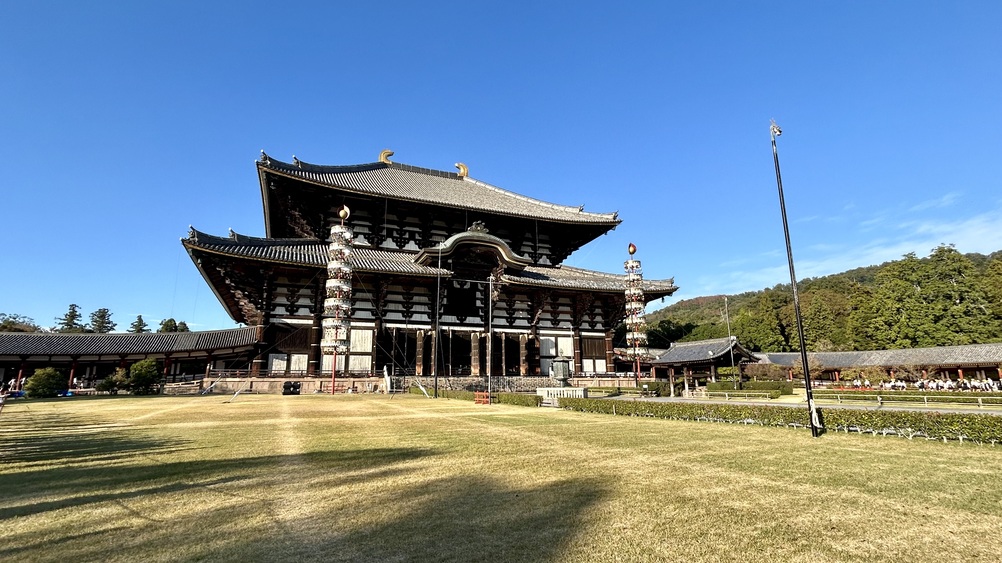
Nara, the city of sacred deer.
After immersing myself in the history and spirituality of Kyoto, my third stop was Nara, a city full of charm and famous for its sacred deer that live freely in the city park. Nara is about an hour by train from Kyoto, making it perfect for a day trip, but it also offers many practical solutions for those who prefer to stay overnight in the city.
Visiting Nara by day from Kyoto
Due to the convenience of train connections, I decided to visit Nara by leaving early in the morning from Kyoto, returning comfortably in the evening. The city is fairly compact and can be explored easily on foot, making the excursion enjoyable and stress-free. As soon as I arrived, I headed to the famous Nara Park, where sacred deer, considered divine messengers in the Shinto religion, roam freely and interact with visitors. You can buy special cookies to give them, and the experience of getting close to these animals was truly unique.
For those who want to experience Nara in a more relaxed manner and without the rush to return to Kyoto in the day, staying overnight in the city is an excellent solution. Nara offers a wide range of accommodations, from traditional ryokan with onsen, for those seeking an authentic experience, to modern and practical hotels near the train station.
The park is home to some of Japan’s most important temples:
- Nara’s sacred deer: Perhaps the city’s most iconic image, sacred deer roam freely through the park and adjacent streets. These animals, considered divine messengers in the Shinto religion, are extremely sociable and approach tourists without fear. You can buy traditional shika senbei, cookies specially made to feed the deer, but beware: once the deer realize you have food, they will not easily leave you!
- Todai-ji: This imposing Buddhist temple is one of the largest wooden buildings in the world and houses a colossal statue of the Great Buddha (Daibutsu), 15 meters high. The majesty of the temple left me breathless, and walking inside the main hall gave me a strong feeling of peace.
- Kasuga Taisha: Another iconic place in Nara is Kasuga Taisha, an ancient Shinto shrine famous for the thousands of bronze and stone lanterns that adorn its path. The atmosphere here is magical, especially during the lantern festival when the shrine is spectacularly lit.
- Kofuku-ji: This temple is located right in the center of Nara and is known for its five-story pagoda, one of the tallest in Japan. Its strategic location makes it an ideal stop before starting to explore the park.
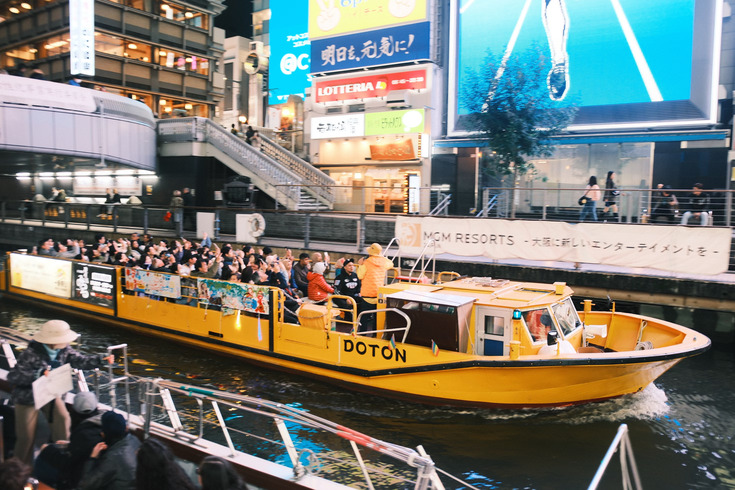
Osaka, unique flavors, vibrant modernity.
Osaka is a city that immediately captivates with its vibrancy and energetic spirit. Unlike Kyoto, Osaka is more modern and dynamic, known as the “kitchen of Japan” and famous for its welcoming atmosphere. Located about 30 minutes by train from Kyoto, it can be easily visited in a day, but I highly recommend spending a night or two to appreciate all that the city has to offer, especially if you want to fully experience its vibrant nightlife.
Osaka Experience
If you are short on time or prefer to keep Kyoto as your base, you can visit in a day, thanks to the frequent and fast train connections. The city is very well connected and you can easily visit the main attractions in a single day, focusing on the most iconic neighborhoods:
- Osaka Castle: One of the symbols of the city, Osaka Castle is a historic fortress surrounded by extensive gardens and moats. Inside the castle is a museum that tells the history of the building and the feudal lords who inhabited it. I particularly enjoyed the panoramic view of the city from the top of the castle.
- Dotonbori: The beating heart of Osaka’s nightlife and street food scene. The streets of Dotonbori are bustling with neon lights, restaurants and stores. Here I sampled some of the local specialties such as takoyaki (octopus balls) and okonomiyaki (a kind of Japanese omelet). The famous Glico Man runner’s sign is a must-see icon, perfect for a souvenir photo.
- Umeda Sky Building: For a breathtaking view of Osaka, I recommend visiting the Umeda Sky Building, a unique architectural structure with an observation platform suspended 170 meters above the ground. It is one of the best places to admire the city skyline, especially at sunset.
To truly appreciate the essence of Osaka, I recommend spending one or two nights there. Sleeping in the city allows you to quietly explore the different areas and fully experience the cozy and relaxed atmosphere that sets it apart from other Japanese metropolises.
Staying in Namba or Umeda are two good options, as these neighborhoods are well connected and offer a mix of traditional and modern.
- Namba: the heart of Osaka’s shopping, street food and nightlife. Staying here allows you to enjoy the vibrant energy of Dotonbori until late at night, with a wide selection of restaurants and bars.
- Umeda: A more modern and commercial district that is well connected and has a variety of hotels. Giant shopping malls such as Grand Front Osaka and Hankyu Department Store are located here, ideal for shoppers.
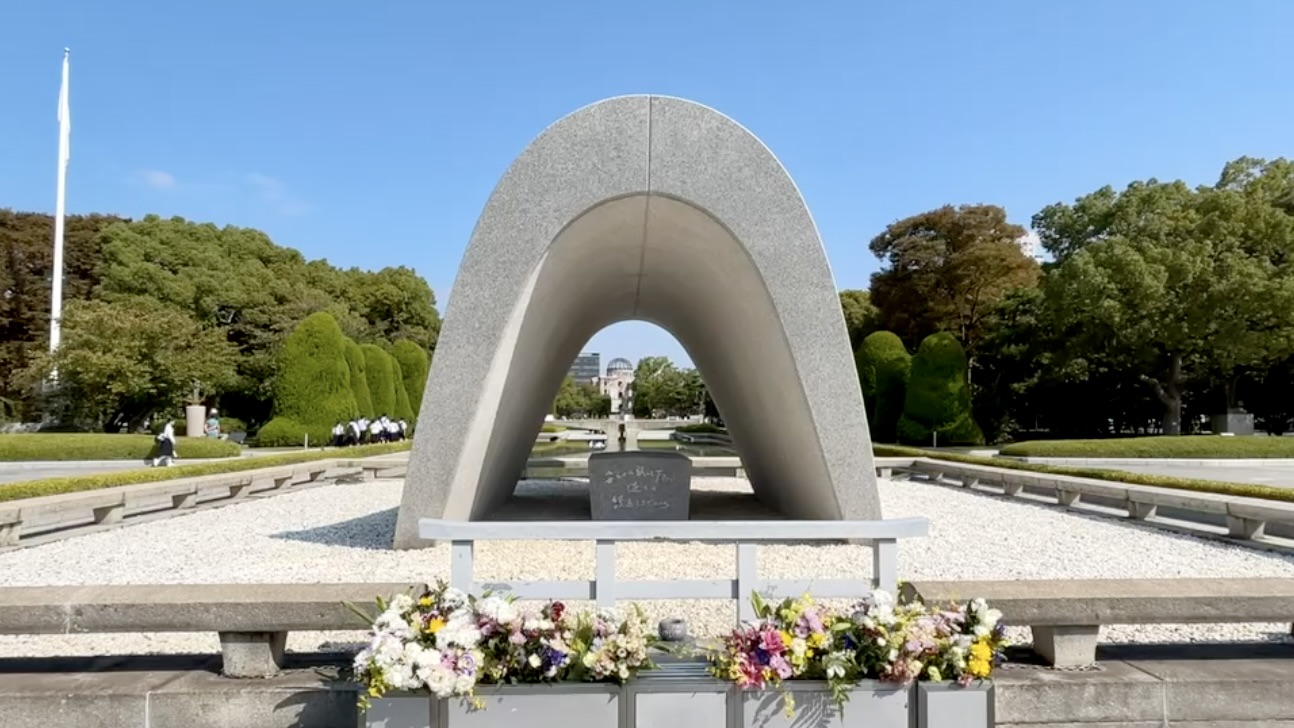
Hiroshima, a city reborn.
Hiroshima is a city that carries with it a poignant history, but has been able to rise from its ashes, transforming itself into a vibrant place full of life. Located about 3 hours by high-speed train(shinkansen) from Kyoto, it is also possible to visit in one day. However, I recommend considering staying overnight for one or two nights to explore it at leisure and discover its rich culinary tradition and amazing nightlife.
Visiting Hiroshima by day from Kyoto
Thanks to the efficiency of Japan’s railway system, Hiroshima is easily reached in a day trip from Kyoto by shinkansen. As soon as I arrived, I started my visit with one of the most significant sites:
- Peace Park and Atomic Bomb Museum: Peace Park is a memorial commemorating the victims of the August 6, 1945 atomic bombing. At the center of the park is the Atomic Bomb Dome, the building that remained partially intact after the explosion and has become a symbol of world peace. The Atomic Bomb Museum offers a profound reflection on the devastation of war and the desire for global peace. The visit to these sites was moving and left a lasting impression.
- Hiroshima Castle: Although the original building was destroyed by the bomb, Hiroshima Castle was rebuilt and now houses a museum dedicated to the history of the samurai and the city. Its gardens are an oasis of peace and tranquility.
Staying overnight in Hiroshima: discovering the city in depth
- Hondori Street: This long pedestrian street is the heart of shopping and entertainment in Hiroshima. Here you will find all kinds of stores and many restaurants where you can enjoy regional dishes. It is an ideal area to take an evening stroll after visiting historical sites.
- Nightlife in Nagarekawa: If you decide to stay overnight, don’t miss an evening in the Nagarekawa district, known for its nightlife and numerous izakaya, bars, and clubs. Hiroshima is a city that can offer so much even after dark, with a welcoming and lively atmosphere.
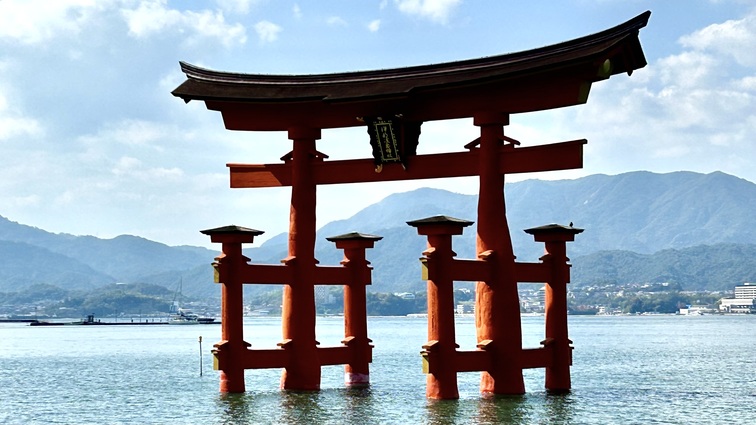
The sacred island of Miyajima: a place outside of time
A short distance from Hiroshima is Miyajima, one of Japan’s most sacred islands. Known for its natural beauty and spiritual meanings, Miyajima is famous for the floating torii, one of the country’s most iconic symbols. The island can be reached in about 30 minutes by ferry from the port of Hiroshima.
Among the highlights that make this island unique, I recommend:
- Floating torii: The image of the Itsukushima Shrine torii emerging from the water at high tide is one of the most spectacular sights in Japan. When the tide recedes, it is possible to walk to the base of the torii. This Shinto shrine was built on stilts and appears to float on the water, a symbol of sacredness and harmony with nature.
- Temples and the sacredness of the island: Miyajima is considered so sacred that one can neither be born nor die on the island. Here I visited Itsukushima Shrine, a Shinto place of worship surrounded by nature. The island is also home to several Buddhist temples, including Daisho-in, a spiritual complex that offers breathtaking views of the bay.
- Unspoiled nature: In addition to religious sites, Miyajima is a true natural paradise. I hiked to Mount Misen, the highest point on the island, which offers breathtaking views of the Seto Inland Sea. The tranquil atmosphere and the presence of free roaming sacred deer make Miyajima a magical place, ideal for those seeking peace and contemplation.
Experience Design
Have you already started planning your trip but still don’t know how to make it unique? Let’s start with your project and transform it!
- We meet in call, 30 minutes.
- 2/3 days to design experiences
- Second 30-minute call to receive proposals
- I will give you the PDF that we will design together
- Additional support in planning your experiences
discover other destinations
- Mexico
hidden treasures
Yucatán discovering Maya and Cenotes
Mystical places, colonial cities, UNESCO World Heritage sitesand free diving. A rich and authentic solo trip.
- ICELAND
ICE AND FIRE
A destination outside from the municipality
Breathtaking landscapes and unforgettable adventures, volcanoes, glaciers, blue lagoons, and for the lucky ones, the Northern Lights.
- JORDAN
MIDDLE EAST
The wonder of the Wadi Rum
Discovering Jordan, the heart of the Arab world between Petra, the Wadi Rum desert and the Red Sea.
CONTACT ME
Keep in touch.

Your guide to your first trip to Japan
Download Classic Japan
Enter your email here and you will also receive a PDF copy.